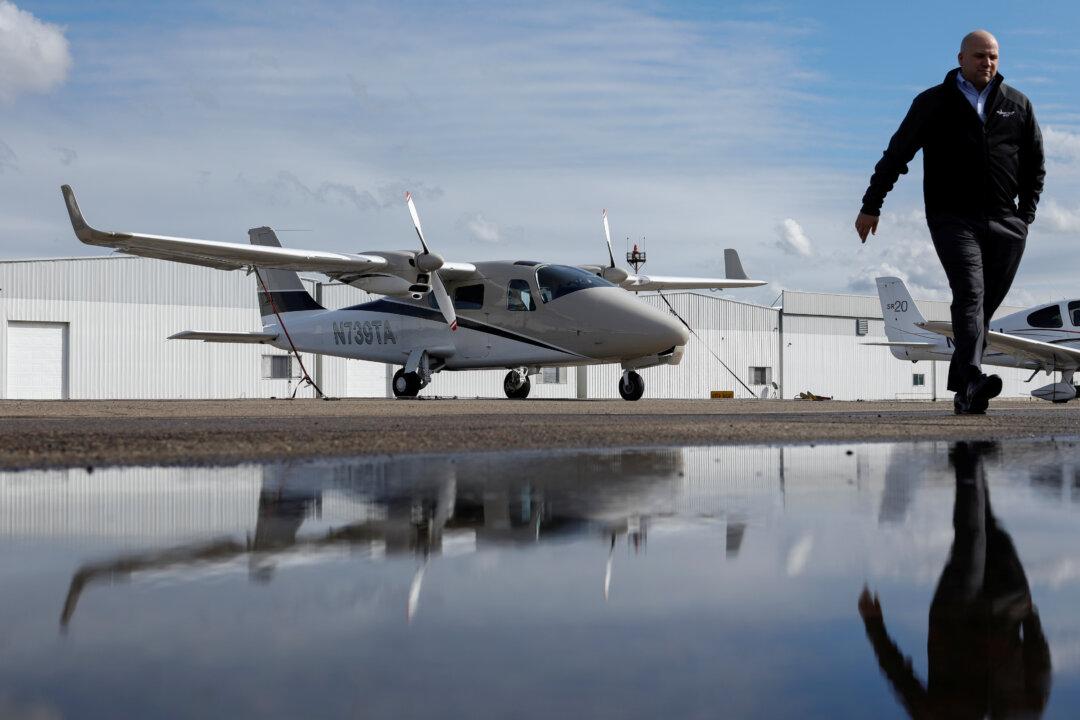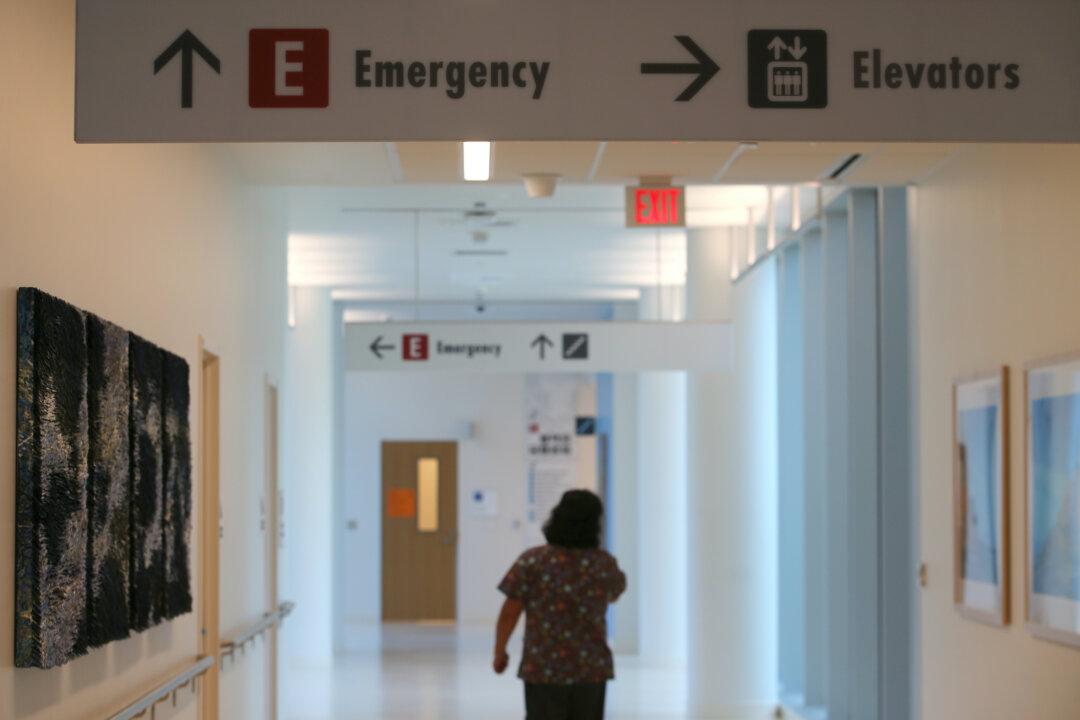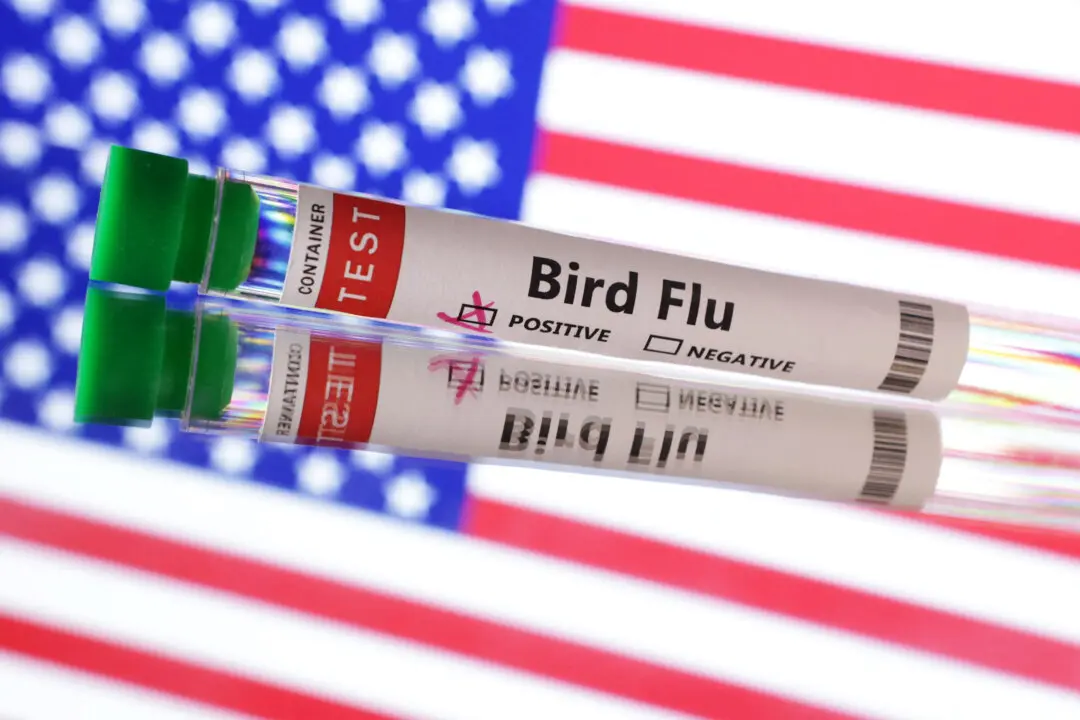CHICAGO–U.S. Army pilot Shaun Perez spent ten hours flying an Apache helicopter over Afghanistan, providing gun cover for Special Forces soldiers on the ground as they hunted for high-value targets, guns and weapons.
Returning to his base at dawn, he donned a fresh uniform before shutting himself into a small room to secure the next stage of his career—as a commercial airline pilot.





